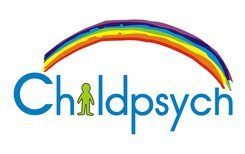Last week I chatted to Expresso’s Elana Afrika-Bredenkamp about bullying.
In the first segment we looked at what bullying is, what the psychological effects are and what signs to look out for.
Bullying can be described as aggressive behaviour by one party (individual or group) against another in which there is a real or perceived power imbalance between the parties. Bullying can be physical and can include behaviours like kicking, punching, pushing, shoving, spitting and the like; it can be verbal bullying where children might call each other names or swear at each other or it may be social where children spread rumours about others, deliberately try to embarrass them or purposefully exclude them from social groups and events.
Bullying affects a child’s self-worth and self-esteem and these lie at the heart of who we really are. It may also lead to sadness and depression, anxiety or feelings of loneliness and isolation.
Marks and bruises might be obvious signs of physical bullying, but signs of verbal or social bullying might be harder to spot. Look out for changes in behaviour; changes in sleeping or eating patterns; children who seem uncharacteristically anxious or clingy; children who no longer enjoy activities they used to; a sudden drop in academic achievement or avoidant behaviours such as skipping school not wanting to go to parties or avoiding contact with certain friends.
You might want to also check videos on the two subsequent videos in which we discuss how to address bullying, what to do if your child is the video and reasons why children bully:

